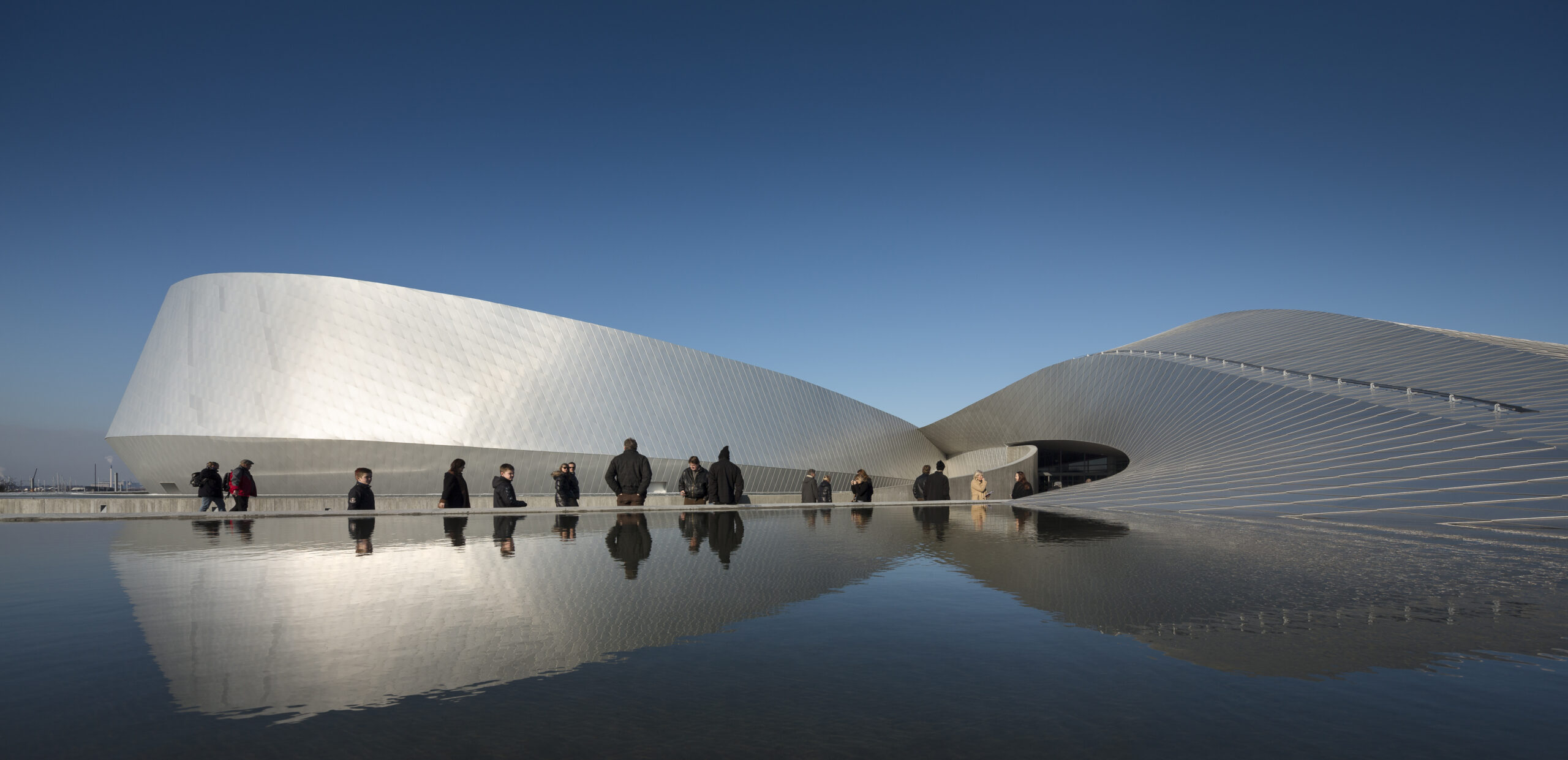The jury and the public have had their say — feast your eyes on the winners of Architizer's 12th Annual A+Awards. Subscribe to our Awards Newsletter to receive future program updates.
An ice-cold bottle on a sunny terrace, a crisp, fresh pint after a hard day’s work, a rich coffee malt on a rainy afternoon down the local—beer has been one of the most successful industries in the world since the monks began brewing in the early Middle Ages. We have loved it for centuries, and if the data is anything to go by, there is no sign of that changing any time soon.
The global beer market, a long-standing economic powerhouse, is currently witnessing a period of robust growth. In 2024, the market’s value soared to an impressive $860 billion, a figure that is expected to continue its upward trajectory. By 2032, the industry is predicted to reach a staggering value of around $1,167 billion.
While beer has been popular for as long as we can remember, the recent growth is largely thanks to an increased demand for premium and craft beers, a side of the industry that is moving from strength to strength — quite literally in the case of BrewDogs and Schorschbräu’s Strength in Numbers (the words strongest beer). Europe alone is home to over 10,000 microbreweries. In recent years, the growing trend of health-conscious beer drinkers has been building a desire for low-alcohol and non-alcoholic beer options, allowing for even greater expansion and experimentation. This year, the global craft beer market is expected to reach over $200 billion.
As with any industry with profit margins supporting growth, the continuing beer boom affects our architecture. Craft beer companies and microbreweries are popping up worldwide, and with them comes an unmistakable trend that we are all here for — intelligent adaptive reuse.
You see, as well as being a dab hand at quenching our thirst, many microbrewery owners and craft beer businesses are small, local and inherently climate-conscious. To this end, these master beer makers are choosing to reimagine local landmarks and abandoned industrial spaces to house their large, valuable equipment while bringing their products directly to the consumer. This innovative way of thinking has ensured that a huge number of buildings that would typically see the wrecking ball are being given a new lease of life. So, we’re saying cheers to these five brilliant brewers who are not only providing their patrons with top-quality pints but also rescuing some beloved architectural landmarks in the process.
The Taproom in the Tenczynek Brewery
By Projekt Praga, Poland
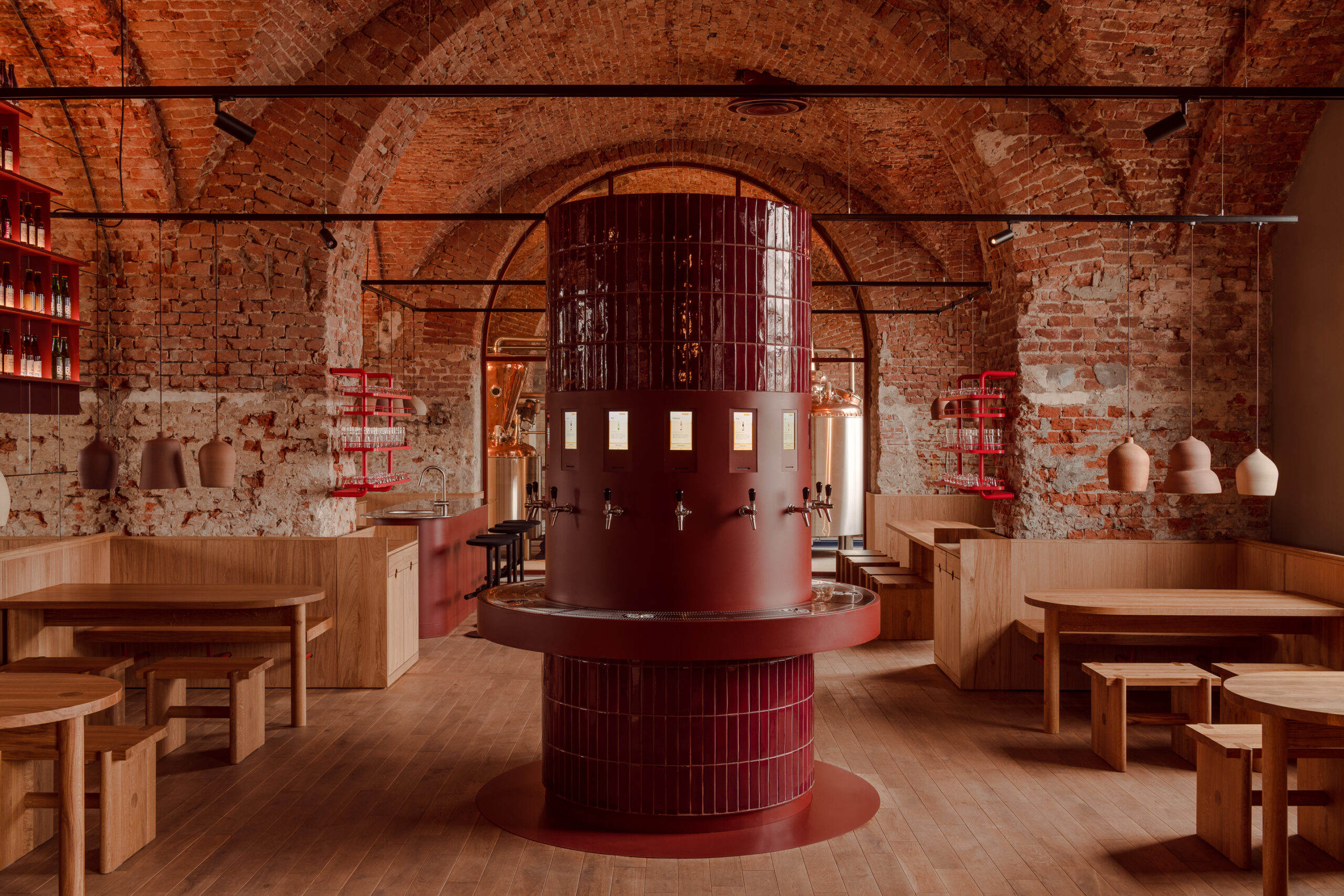
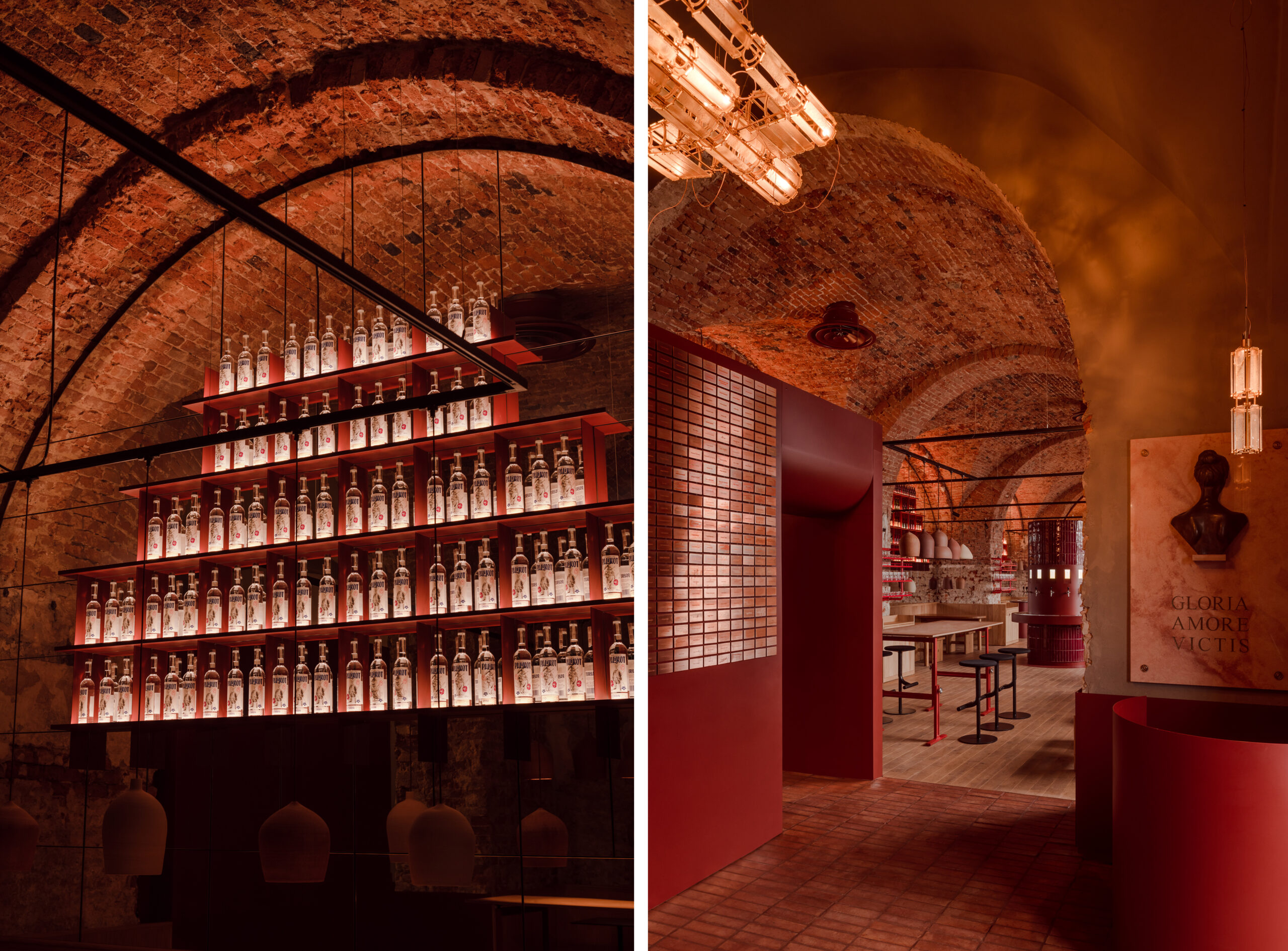
Photos by ONI Studio
The Taproom at Tenczynek Brewery, sits alongside one of Poland’s oldest breweries. Its design is a masterclass in blending history with contemporary craft. Located in a vaulted space adjacent to the brewery’s original lagering rooms, the Taproom retains its historical character with minimal alterations. The design features 14 self-serve taps on a column of handmade burgundy tiles, allowing visitors to play a part in the brewery’s long-standing tradition. A combination of oak furnishings and raw textures brings warmth to the Taproom that honors its past while providing a fantastic high-end setting for craft beer enthusiasts.
Deeds Brewing Taproom
By Splinter Society Architecture, Melbourne, Australia
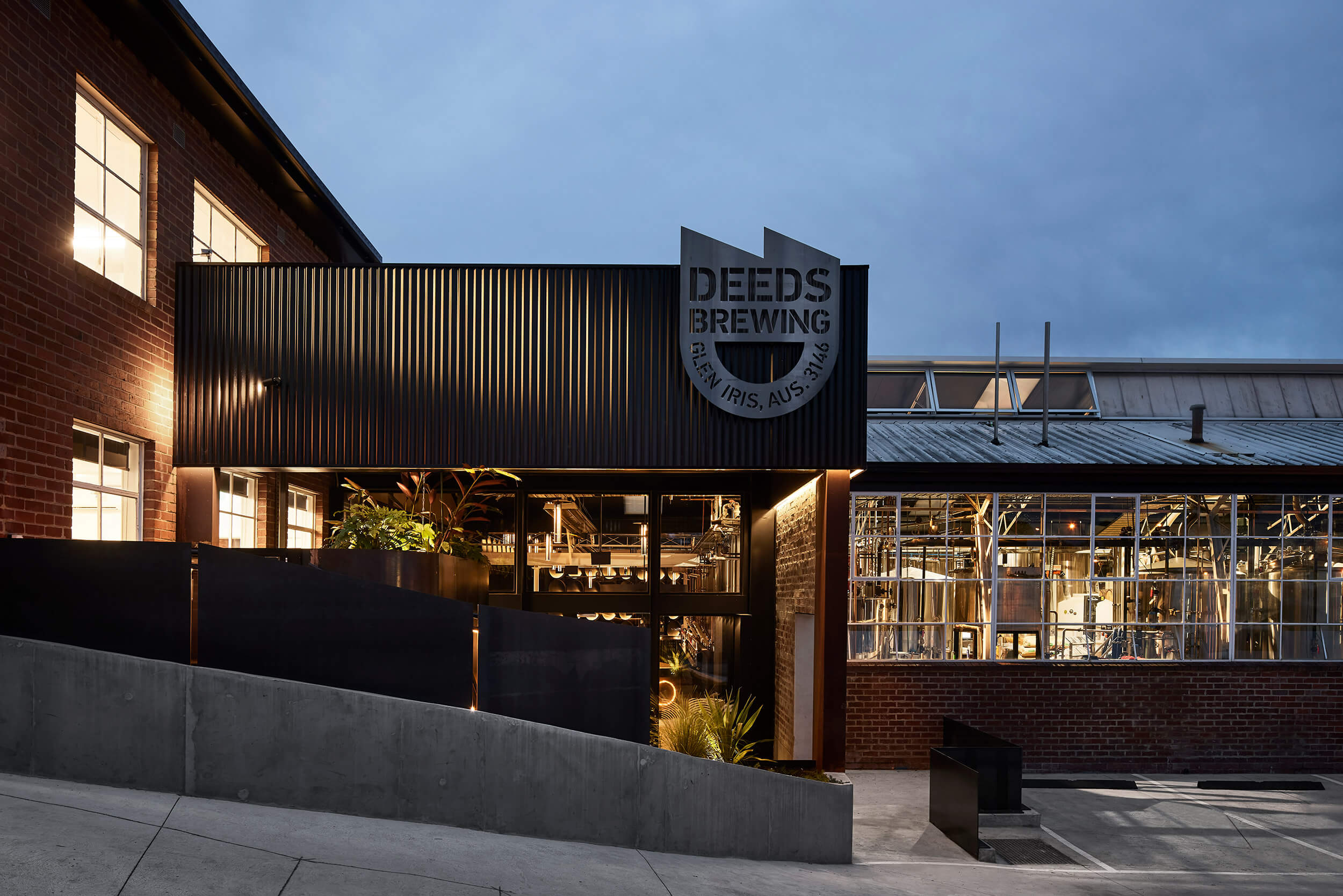

Photos by Sharyn Cairns
Deeds Brewing Taproom in Glen Iris blends the past with the present. Designed by Splinter Society Architecture, the Taproom is housed in a repurposed industrial building, where exposed beams and recycled timber from the old ceiling have been refashioned into tabletops. The brewing process is integral to the space, with fermentation tanks incorporated into the bar and ageing barrels prominently displayed. The space is sleek and elegant yet functional, preserving the raw character of the warehouse while introducing refined details.
Halfway Crooks
By Square Feet Studio, Atlanta, Georgia

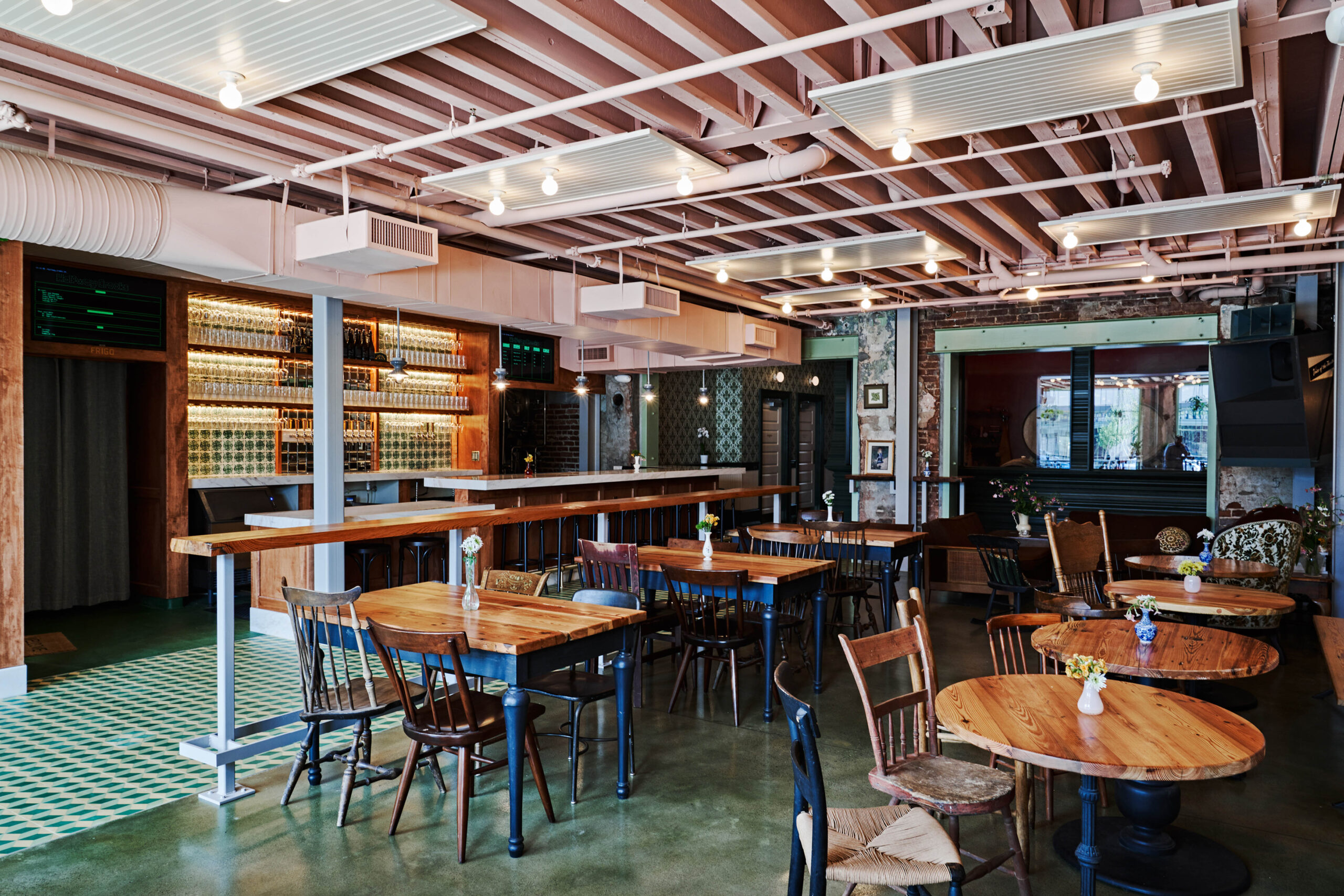
Photos by Andy Lee
Halfway Crooks Beer in Atlanta transforms a repurposed building into a space full of personality. Drawing from the brewer-owners’ backgrounds, the design is a carefully curated mix of nostalgia and modernity. Mismatched furniture and vintage patterns are reminiscent of the warmth of traditional Belgian beer cafés, a tribute to co-owner Joran Van Ginderachter’s roots, while tech-inspired details reflect co-owner Shawn Bainbridge’s digital influence. The result is a space that feels both familiar and forward-thinking, perfectly capturing the spirit of the craft beers it serves.
Shilling Brewing Co.
By Jestico + Whiles, Glasgow, United Kingdom
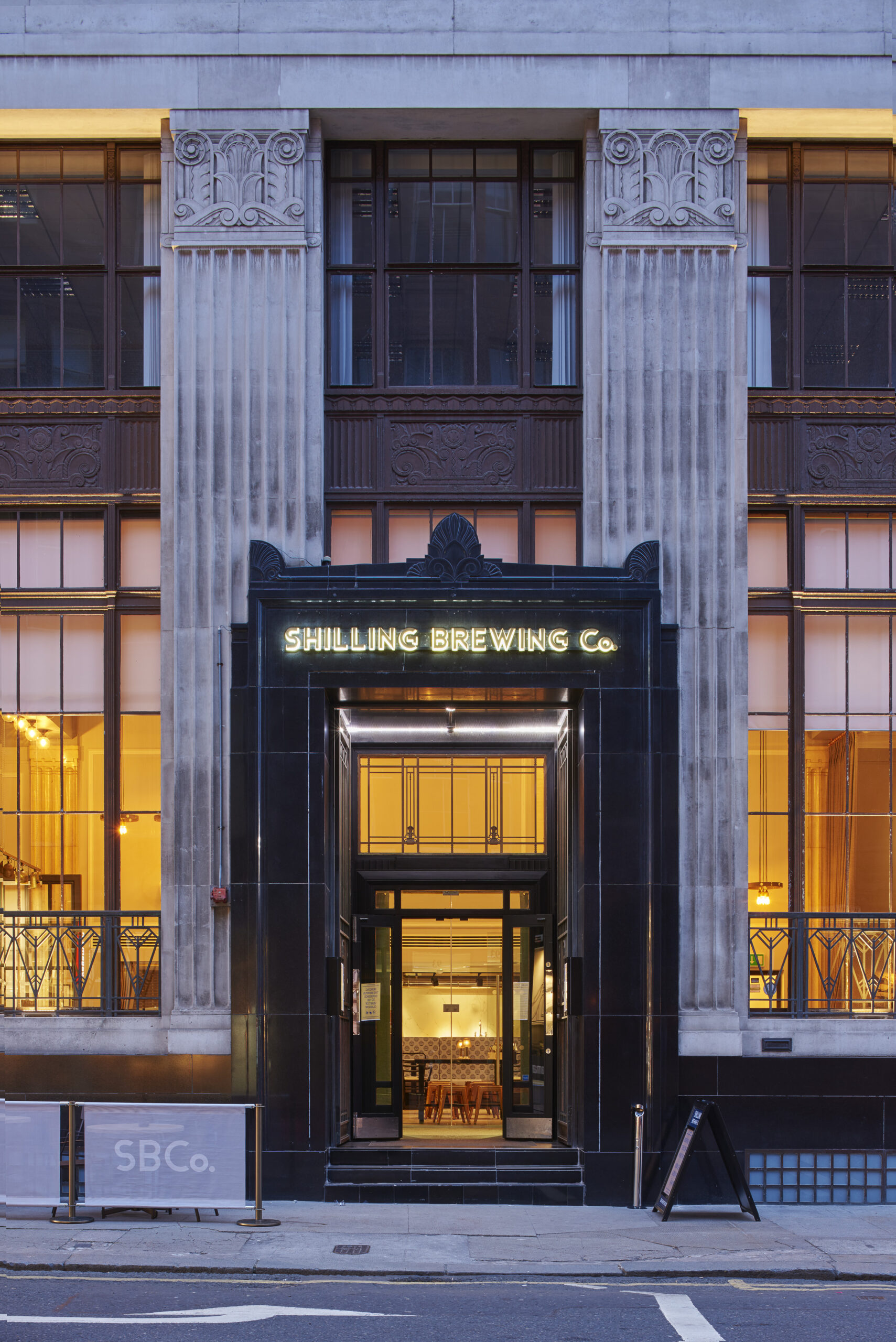
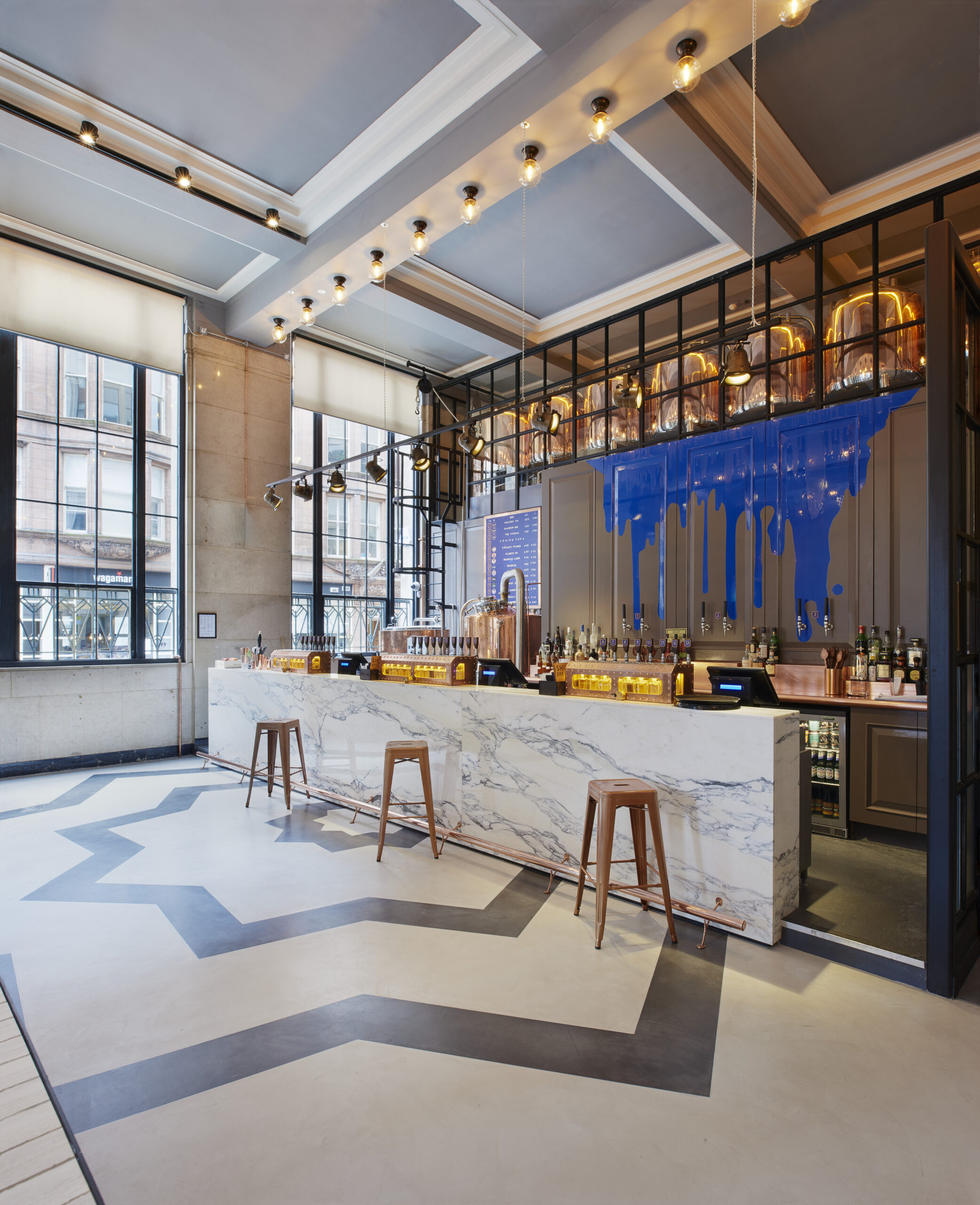
Photos by James Harris
Shilling Brewing Co. in Glasgow sits in an art deco-style 1920s bank building. A fine example of a vibrant brewpub that respects its architectural heritage. The design retains the building’s historic elements, with the addition of copper brewing vessels and a marble bar serving as the main focal points in the space. In a clever nod to the building’s history, the basement vault has been converted into a beer-tasting room, complete with the original vault doors. Every detail, from the hops-patterned banquettes to the custom mural, is designed to create a space that honors Glasgow’s rich history while celebrating the craft and community of modern brewing.
Barr
By Snøhetta, København, Denmark
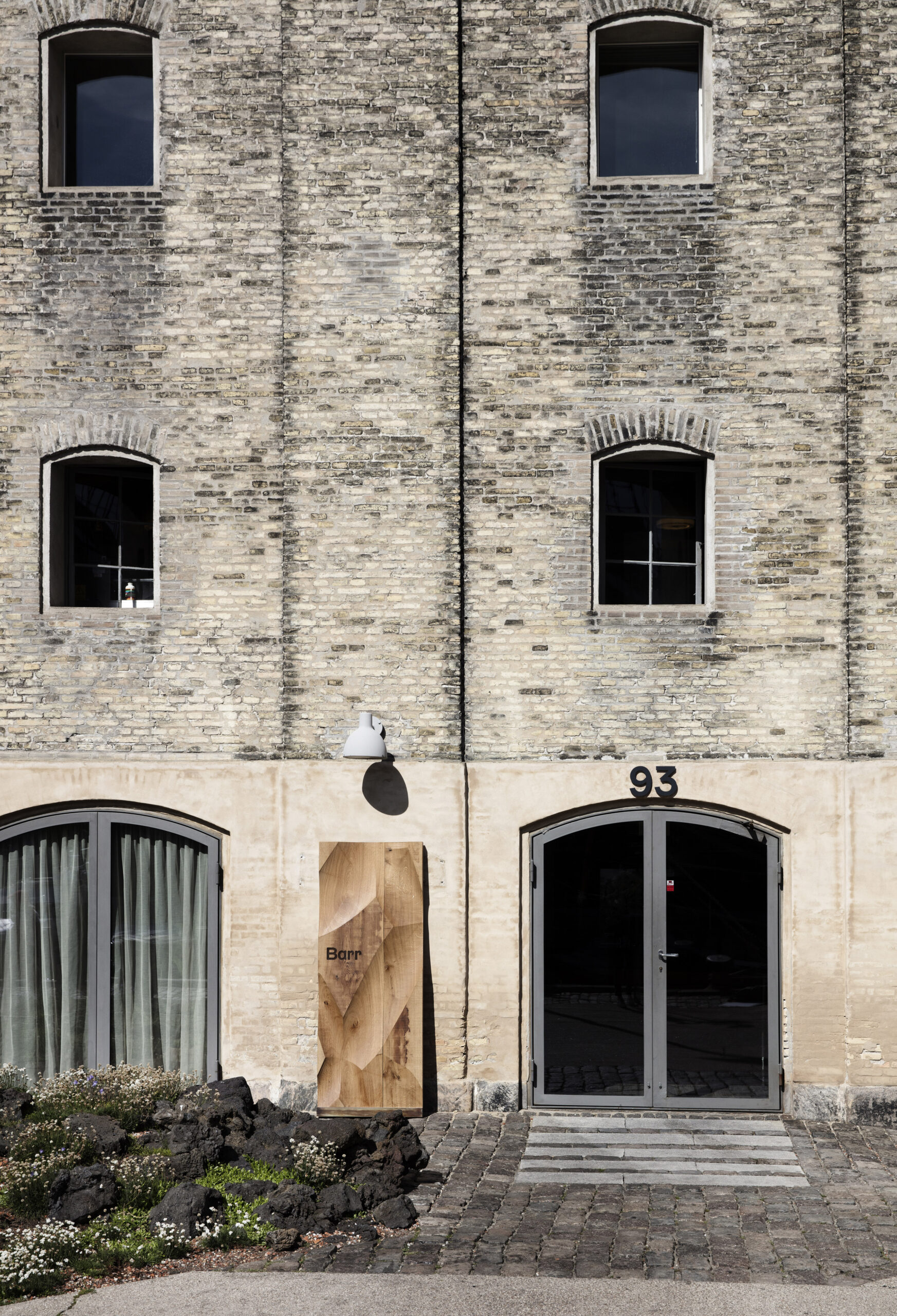
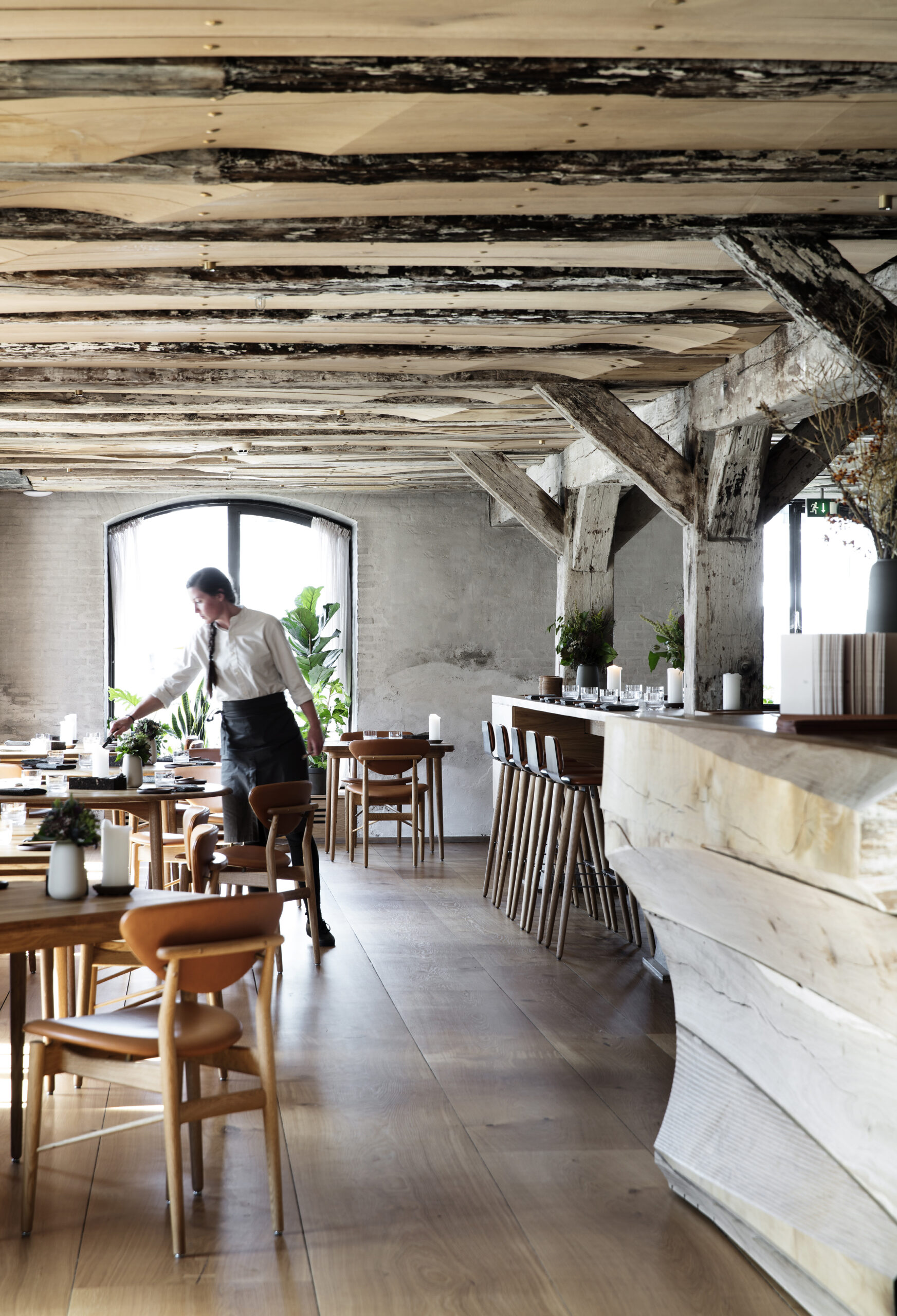
Photos by Line Klein
Barr, located in Copenhagen’s historic North Atlantic House, exemplifies the subtle art of adaptive reuse. Once home to the world-renowned Noma, the iconic space has been transformed by Snøhetta to champion the food and drink traditions of the North Sea region. The name “Barr,” derived from Old Norse for barley, speaks to the space’s focus on brewing. The design beautifully combines old and new, with warm oak floors and original stone walls providing a timeless backdrop for a carefully curated selection of craft beers. Collaborations with local breweries like Amager Bryghus ensure that Barr remains deeply connected to the region’s rich brewing heritage. Barr is a wonderful example of how this booming industry can keep buildings alive and thriving with new purpose.
The jury and the public have had their say — feast your eyes on the winners of Architizer's 12th Annual A+Awards. Subscribe to our Awards Newsletter to receive future program updates.



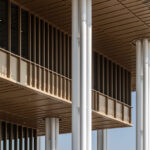

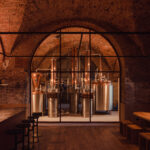
 Halfway Crooks
Halfway Crooks 